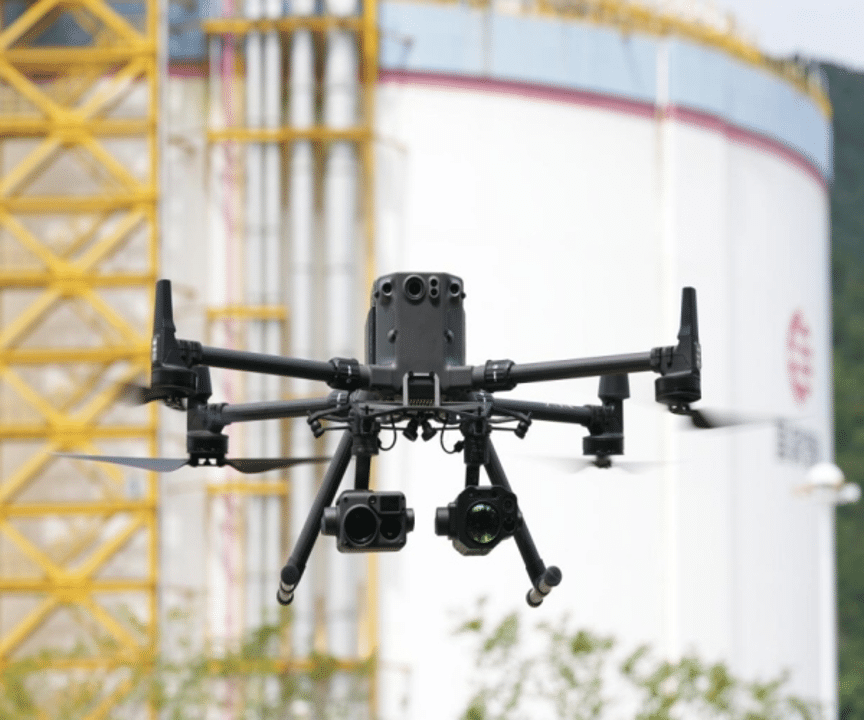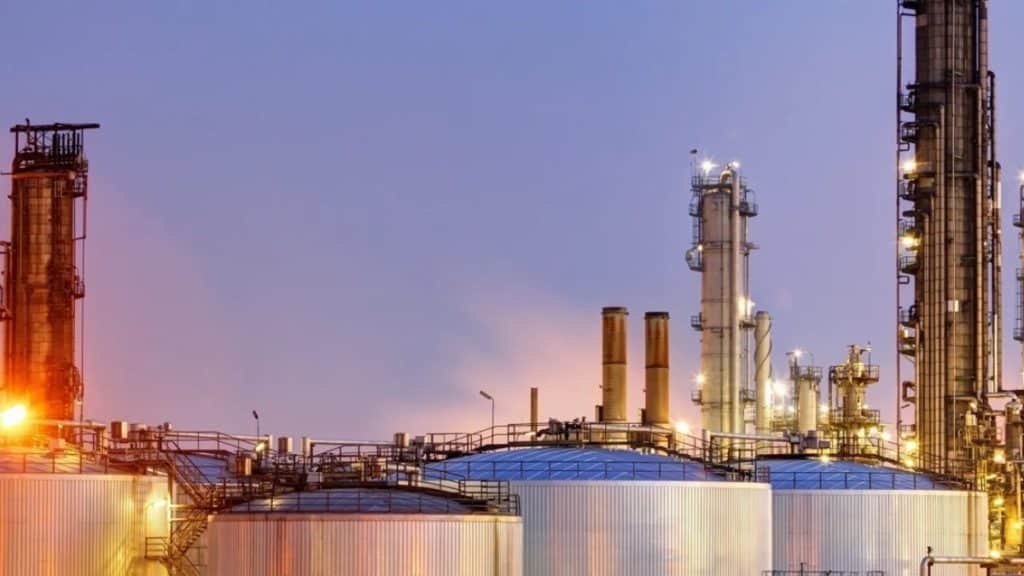The Importance of Gas Detection
Gas plays a crucial role in modern society. It is widely used in households, businesses, industries, and agriculture. For example, in homes, natural gas is used for cooking and heating; in commercial and industrial sectors, it is used in production and processing; in agriculture, it is used for greenhouse heating and agricultural machinery. However, the use of gas comes with potential dangers, especially gas leaks that can lead to safety and environmental issues. Gas leaks can not only cause fires and explosions but also result in carbon monoxide poisoning and other serious health problems. Therefore, ensuring the safe use and effective detection of gas is extremely important.
Both the government and the industry recognize the importance of gas safety and have established strict regulations and standards to ensure its safe use. These regulations and standards require gas suppliers and users to regularly conduct gas leak detection to prevent potential risks. These requirements not only protect public safety but also drive the continuous progress and development of gas detection technologies.
Traditional Gas Detection Methods
Traditional gas detection methods mainly include manual inspections, catalytic combustion detectors, infrared absorption detectors, and chemical sensors.
1. Manual Inspections: This method relies on inspectors using portable devices to check gas facilities at close range. Although this method is intuitive and simple, it has many drawbacks, such as low detection efficiency and high safety risks for personnel.
2. Catalytic Combustion Detectors: These detectors detect gas leaks through catalytic combustion. Their advantages include high sensitivity and fast response, but they require regular calibration and maintenance.
3. Infrared Absorption Detectors: These detectors identify leak points by detecting the absorption of infrared light by gas. Their strengths are non-contact detection and high accuracy, but they are costly and significantly affected by the environment.
4. Chemical Sensors: These sensors detect gas leaks through chemical reactions. They are highly sensitive and have a wide application range, but they also require frequent calibration and replacement.
While these traditional methods are effective to some extent, they have obvious limitations, such as limited detection range, insufficient sensitivity, and the need for close-range operation. These shortcomings prevent them from fully meeting the demands of complex and variable environments and efficient, safe detection.
Innovations in Modern Gas Detection Technologies
To overcome the limitations of traditional detection methods, modern gas detection technologies are continually innovating and developing. Among these, the combination of laser methane detectors and drone platforms is one of the most promising technologies.

Laser Methane Detectors: These detectors use Tunable Diode Laser Absorption Spectroscopy (TDLAS) technology to detect the absorption of specific wavelengths of laser by methane gas to identify methane leaks. This non-contact detection method has higher sensitivity and accuracy compared to traditional techniques, allowing for the rapid identification of trace methane leaks and avoiding the safety hazards of contact detection.
Drone Platforms: Mounting laser methane detector on drones can significantly enhance detection efficiency and coverage. Drones can cover large areas in a short time, making them suitable for wide-ranging detection tasks in urban gas networks, industrial parks, oil and gas fields, and other large areas.
Specific Applications of Laser Methane Detectors
The combination of laser methane detectors and drone platforms demonstrates strong application potential and effectiveness in various fields.
1. Urban Gas Network Detection: In urban gas networks, drones equipped with laser methane detectors can quickly inspect and cover extensive areas, promptly identifying and locating leak points to ensure the safe supply of urban gas.
2. Industrial Facilities and Chemical Plants Detection: Industrial facilities and chemical plants have complex environments, making it difficult for traditional detection methods to provide comprehensive coverage. The flexibility and efficiency of drones enable thorough detection in these complex environments, enhancing safety management levels.
3. Oil and Gas Fields and Pipeline Inspection: Oil and gas fields and pipelines cover vast areas, making manual inspections time-consuming and labor-intensive. Drones can quickly cover large areas, promptly detecting leaks, reducing environmental pollution, and preventing economic losses.
4. Agricultural Greenhouse and Machinery Detection: In agriculture, drones equipped with laser methane detectors can effectively detect leaks in greenhouses and agricultural machinery, ensuring safe and efficient agricultural production.
Conclusion
As the application range of natural gas continues to expand and become more widespread, the need for advanced gas leak detection technology becomes increasingly important. Traditional methane detectors have limitations in sensitivity, detection range, and operational convenience, making them insufficient for the demands of complex and variable environments and efficient, safe detection. The advent of laser methane detectors represents a revolutionary advancement in gas detection technology. Particularly, the integration of laser methane detectors with drone technology has made gas leak detection more efficient, safe, and accurate. Drones equipped with laser methane detectors can cover large areas in a short time, making them suitable for extensive detection tasks in urban gas networks, industrial parks, oil and gas fields, and other large areas. Their capabilities for real-time monitoring, precise location, and adaptability to complex environments showcase the significant potential and promising future of this technology in the field of gas detection.

